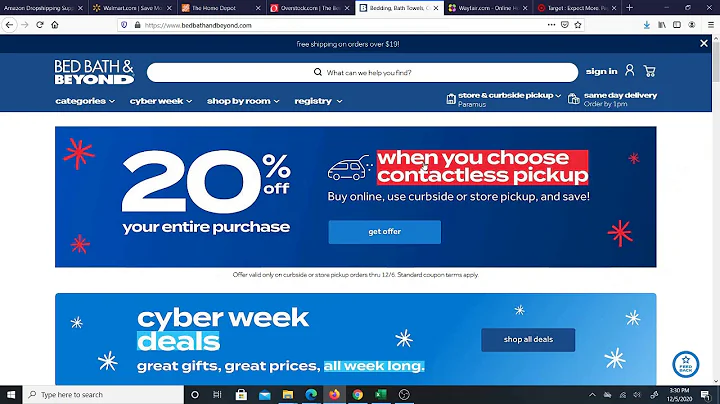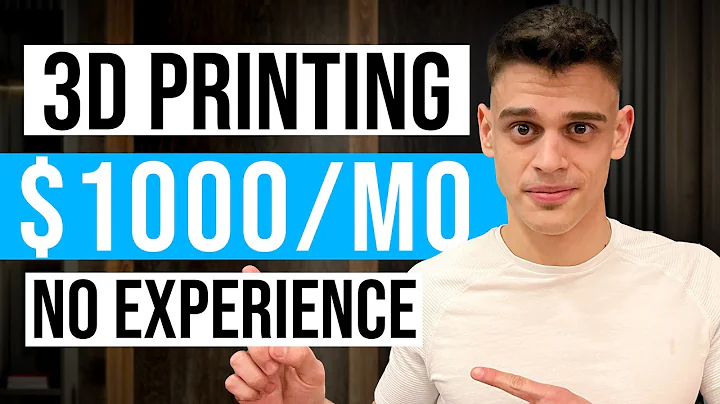A Step-by-Step Guide to Starting an Online Business in Kenya
Table of Contents
- Introduction
- Step 1: Figuring out what to sell and how to sell it
- Creating a business plan and strategies
- Importance of strategizing
- Recommended online learning resource
- Step 2: Choosing a name for your business and registering it
- Being creative with your business name
- Conducting a name search on e-citizen
- Registering your business
- Step 3: Deciding on the type of business structure
- Limited liability company or sole proprietorship?
- Understanding the differences and costs involved
- Step 4: Selecting a selling medium
- Selling on social media platforms like Instagram
- Creating your own website
- Hosting options and considerations
- Step 5: Choosing a payment processor
- Importance of business registration documents
- Recommended payment processors: Pesapal and Flutterwave
- Step 6: Establishing your branding
- Importance of branding for your business
- Finding packaging and branding suppliers
- Creative options for branding on a budget
- Step 7: Setting up your delivery method
- Challenges and considerations for delivery services
- Wells Fargo as a delivery option
- Exploring alternative delivery solutions
- Conclusion
How to Start an Online Business: A Step-by-Step Guide
Starting an online business can be an exciting and rewarding venture. Whether you have a unique product to sell or a service to offer, establishing an online presence is crucial in today's digital age. However, getting started can sometimes feel overwhelming, especially if you're unfamiliar with the necessary steps and strategies. This article will guide you through the process of starting your own online business, providing you with actionable steps and valuable insights along the way.
Step 1: Figuring out what to sell and how to sell it
The first and most important step in starting an online business is determining what you want to sell and how you plan to sell it. This involves creating a comprehensive business plan and developing effective strategies to ensure the success of your venture. Strategizing is crucial, as it provides direction and enables you to identify your target market, define your unique selling proposition, and analyze your competitors. It is recommended to invest time in learning the fundamentals of business planning and strategy. Platforms like Skillshare offer online classes specifically designed for entrepreneurs, such as "How to Write a Professional Business Plan" by Shane.
Step 2: Choosing a name for your business and registering it
Once you have clarity on what you're going to sell, the next step is to choose a suitable name for your business. Your business name should be unique, memorable, and align with your brand identity. After finalizing potential names, it is essential to conduct a name search on platforms like e-citizen to ensure availability and legality. The name search process usually involves submitting a list of preferred names and paying a nominal fee. Once your chosen name is accepted, you have 30 days to complete the registration process. Registering your business is essential as it provides legal protection and allows you to operate with confidence.
Step 3: Deciding on the type of business structure
When starting an online business, you must determine the most suitable business structure for your venture. The two most common options are a limited liability company (LLC) and a sole proprietorship. It is crucial to understand the differences, advantages, and disadvantages of each structure before making a decision. LLC offers limited personal liability, separates personal and business assets, and requires a higher initial cost. A sole proprietorship, on the other hand, requires fewer legal formalities but lacks the limited liability protection. Take your time to research and fully comprehend the implications and costs associated with different business structures.
Step 4: Selecting a selling medium
Once you have established your business structure, it's time to choose your selling medium. The modern era offers a plethora of options, from selling on social media platforms like Instagram to creating your own website. Determine the most suitable medium based on your target audience, product or service type, and budget. Developing a website can be done in various ways, including using website builders like Shopify or hiring a web developer to create a custom site. Consider factors like initial costs, platform ease-of-use, scalability, and integration capabilities with local payment processors when making your decision.
Step 5: Choosing a payment processor
Selecting a reliable and secure payment processor is an essential aspect of running an online business. It allows you to accept payments from customers and ensures a smooth transaction process. To set up a payment processor, you will need to provide legal documents, making business registration a prerequisite. Two popular options for payment processing are Pesapal and Flutterwave. Pesapal offers responsive customer support, while Flutterwave provides lower transaction fees. Consider the nature of your business, customer preferences, and transaction costs when choosing the most suitable payment processor for your needs.
Step 6: Establishing your branding
Branding plays a crucial role in differentiating your business and creating a memorable impression on customers. It encompasses various elements, including packaging, logo, colors, and overall visual identity. Finding reliable suppliers for packaging and branding materials is important to ensure consistent quality and timely delivery. Platforms like e254 Beautify offer competitive rates for packaging materials, while online marketplaces allow you to explore a wide range of options. If you are on a tight budget, you can also consider creating your own packaging using design tools like Canva or opting for cost-effective solutions like stamped brown paper bags. Be creative and think outside the box to make a lasting impression on your customers.
Step 7: Setting up your delivery method
Efficient and reliable delivery is crucial for ensuring customer satisfaction and confidence in your business. Research and explore different delivery options available in your area. In Kenya, Wells Fargo is a popular choice for doorstep delivery, providing accountability and convenience. However, their rates may vary depending on the location and size of the packages. It's important to consider the cost, speed, and reliability of delivery services when making your decision. Other alternative solutions like partnering with independent riders or utilizing third-party logistics providers can also be worth exploring, depending on your business's specific needs and budget.
Conclusion
Starting an online business requires careful planning, thorough research, and the willingness to adapt to a constantly evolving digital landscape. By following the steps outlined in this guide, you will be well-equipped to establish a successful online venture. Remember to take the time to strategize, register your business, choose suitable selling platforms and payment processors, establish your branding, and set up reliable delivery methods. These steps, combined with hard work and perseverance, will lay a strong foundation for your online business and increase your chances of long-term success.



















